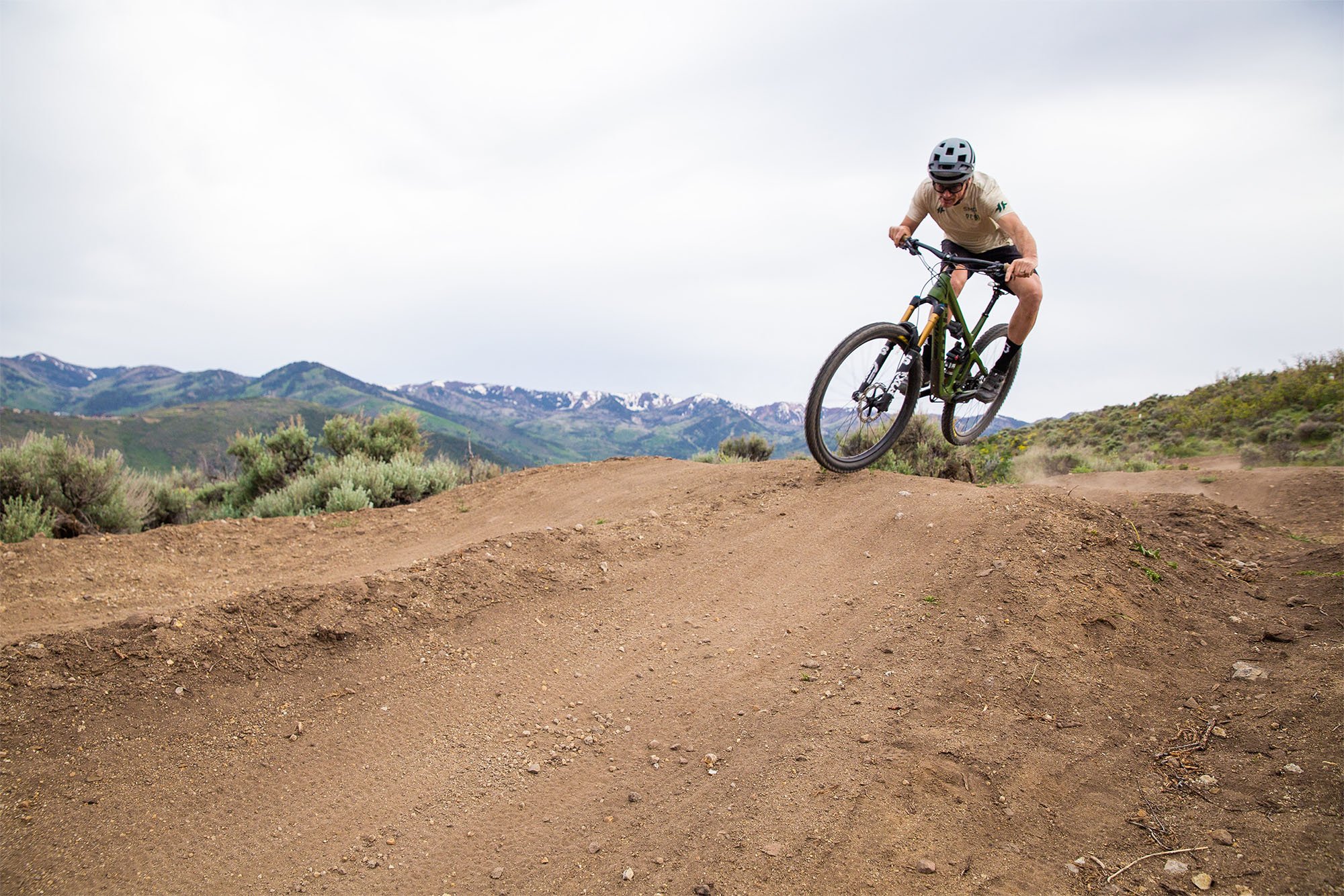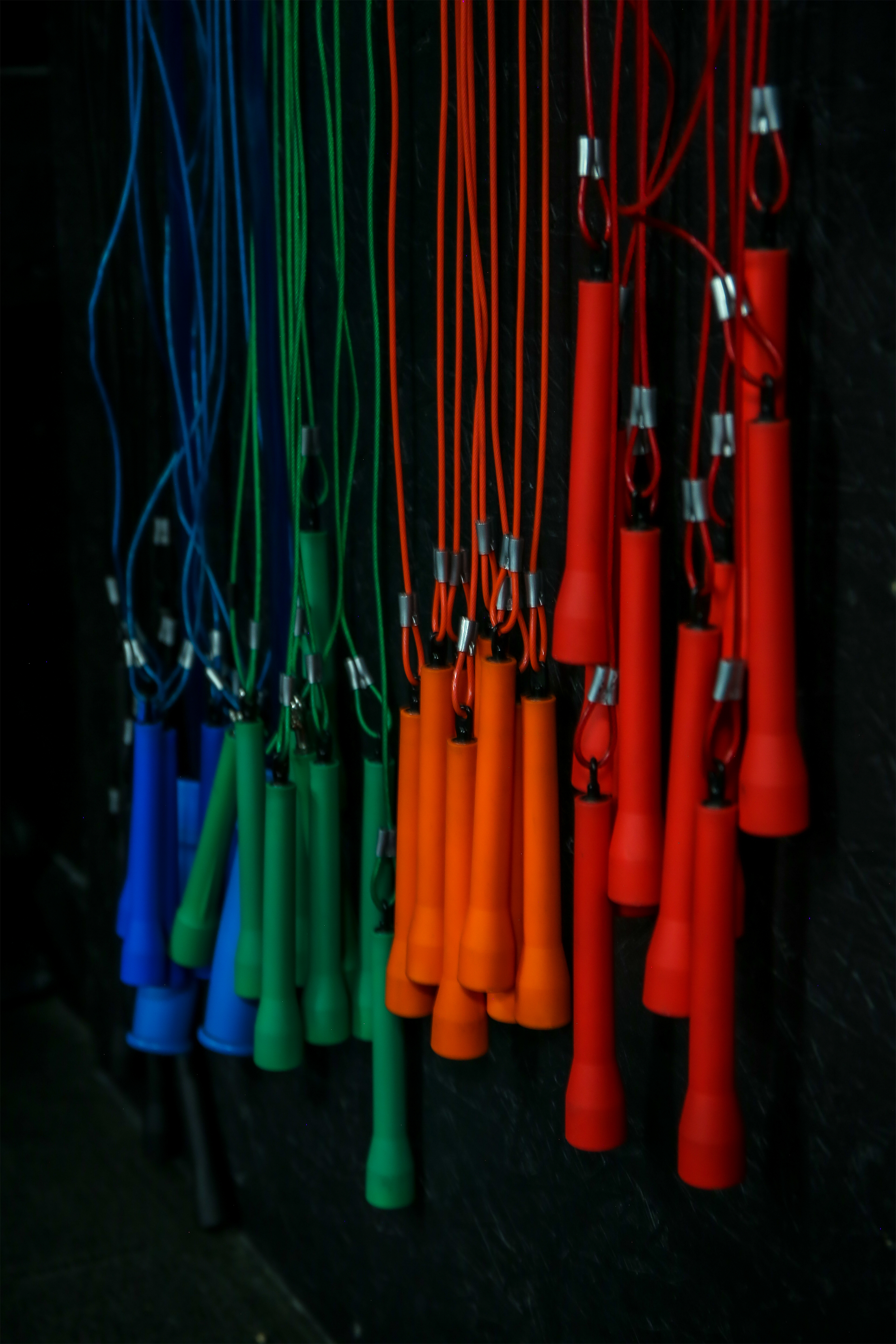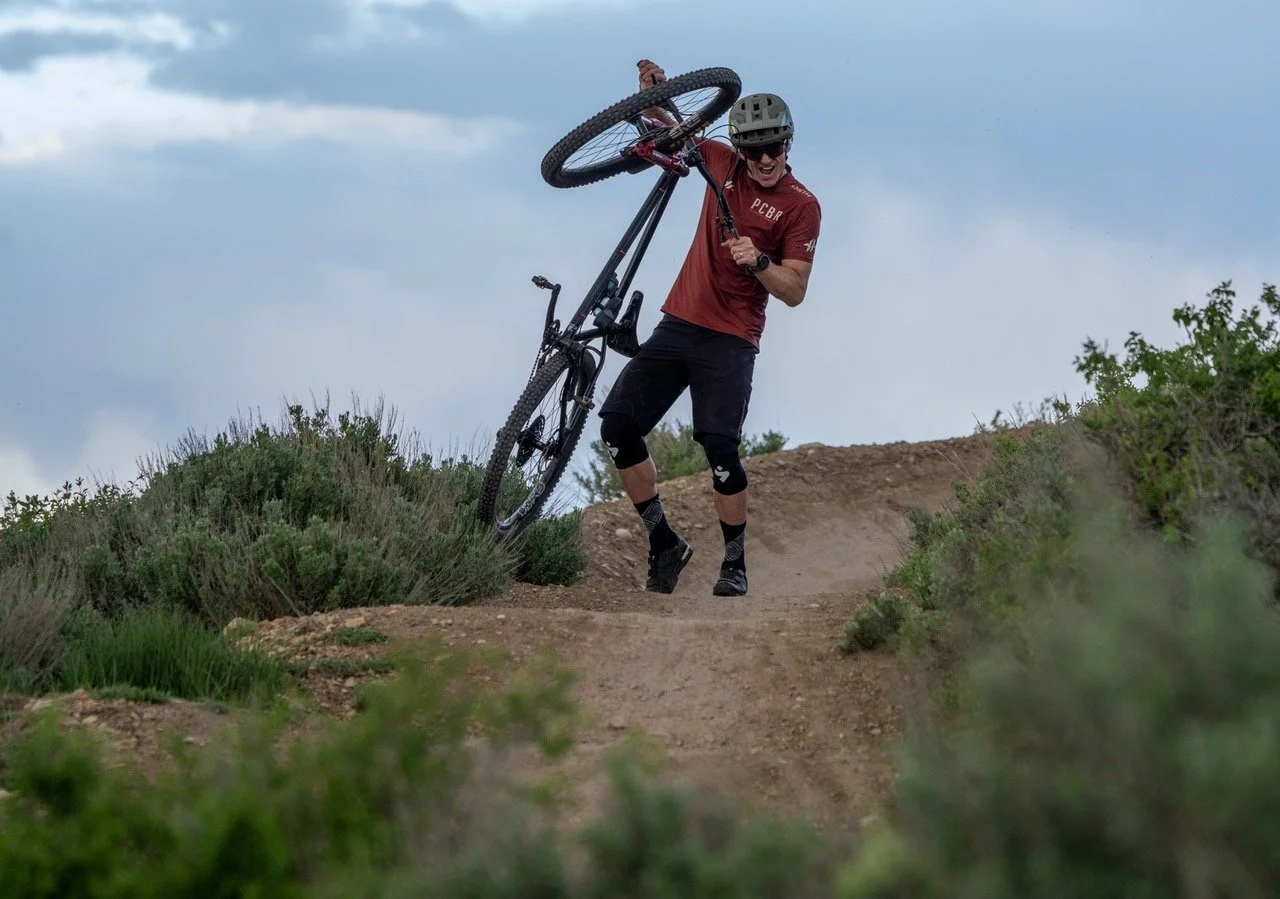
your back doesn’t have to hurt
If mountain biking kills your lower back, the solution isn’t to “stretch” more or give up riding—it’s to train intelligently. Start with our free warmup made for mountain bikers.
Now—if you’re serious about Biking into your golden years, let’s talk stats: *
Up to 41% of mountain bikers and 58% of road cyclists suffer from lower back pain every year (1).
The more miles you pedal each week, the more likely you are to hurt (2).
Popular ways of warming up and cooling down don’t help (3).
A study found that “calm cycling” and “static exercises” (aka, stretching) before an XC race did nothing to reduce back pain.
XC bikers with low back pain lack muscle mass in their core (4).
Hamstring flexibility doesn’t matter, found the researchers. Stretching won’t fix the problem.

Athleticism is Longevity.
If you want to ride singletrack for decades to come, free of chronic back pain, you need to develop athleticism.
That is what 100 Year Athlete (100YA) is designed to do. Here’s how it works.
Start with Joint Health
If your spine fails, you won’t be “sending” anything. 100YA develops the spine and hip mobility you need to ride long distances without debilitating pain.
Build Trunk Strength
To pedal uphill without back pain, you need strength in all the muscles around your spine. Lifting light weights for 20 reps won’t make you any stronger. You have to lift heavy, and no, you won’t become a slug on climbs.
Develop Speed & Power
Mountain biking is dynamic. To absorb drops, chunk, and flat landings—without blowing up your spine—your body has to move explosively. When was the last time you trained for that?
100 Year Athlete covers 9 Pillars of Fitness. Those four above are the most important for mountain biking into your 60s, 70s, and 80s. If you’re stretching daily and doing sets of 10 to 20 reps at the gym, bad news: you’re not training mobility, strength, or speed & power.

Don’t be an MTB statistic. Be a 100 Year Athlete.
Sources
(1) Garrosa-Martín G, Muniesa CA, Molina-Martín JJ, Diez-Vega I. Low Back Pain in Cycling. Are There Differences between Road and Mountain Biking? Int J Environ Res Public Health. 2023 Feb 21;20(5):3791. doi: 10.3390/ijerph20053791. PMID: 36900802; PMCID: PMC10001301.
(2) Schultz SJ, Gordon SJ. Recreational cyclists: The relationship between low back pain and training characteristics. Int J Exerc Sci. 2010 Jul 15;3(3):79-85. doi: 10.70252/HCFG8805. PMID: 27182332; PMCID: PMC4738893.
(3) Piotrowska SE, Majchrzycki M, Rogala P, Mazurek-Sitarz M. Lower extremity and spine pain in cyclists. Ann Agric Environ Med. 2017 Dec 23;24(4):654-658. doi: 10.5604/12321966.1233552. Epub 2017 May 11. PMID: 29284243.
(4) Rostami M, Ansari M, Noormohammadpour P, Mansournia MA, Kordi R. Ultrasound assessment of trunk muscles and back flexibility, strength and endurance in off-road cyclists with and without low back pain. J Back Musculoskelet Rehabil. 2015;28(4):635-44. doi: 10.3233/BMR-140559. PMID: 25391328.
TestimonialS
I'm over 50 years old and still active with multiple mountain sports that include alpine skiing and touring, mountain bike racing, and Nordic skiing, just to name a few. Working with 100 Year Athlete has given me a new perspective on what my potential is. I honestly wish I had been doing strength work and, more importantly, work on my functional range (Kinstretch), years ago.
— Jay Burke, Founder, Park City Point 2 Point

